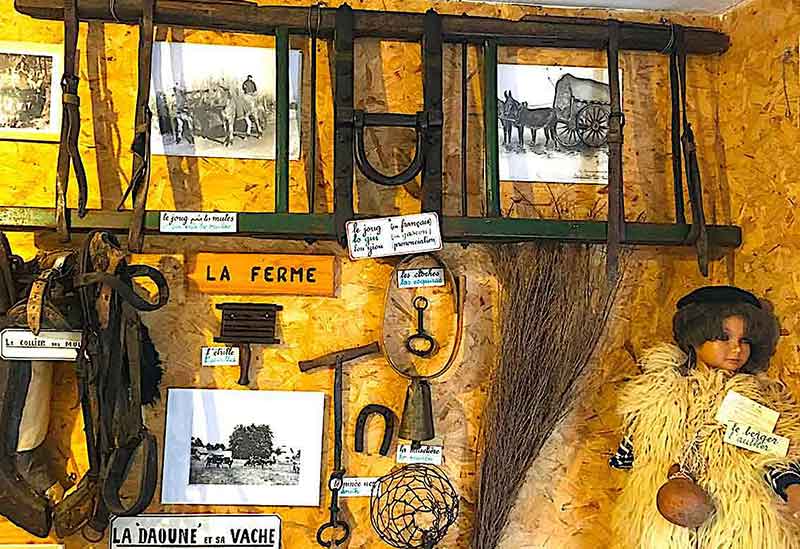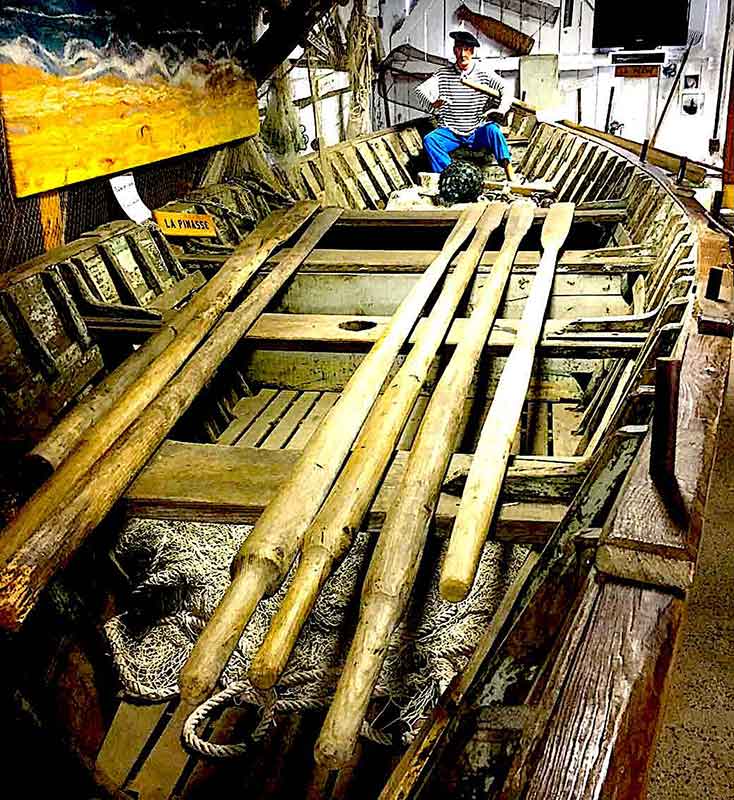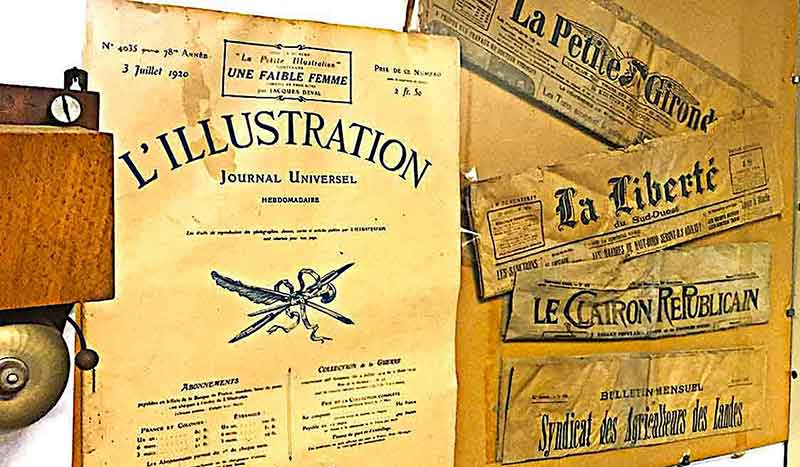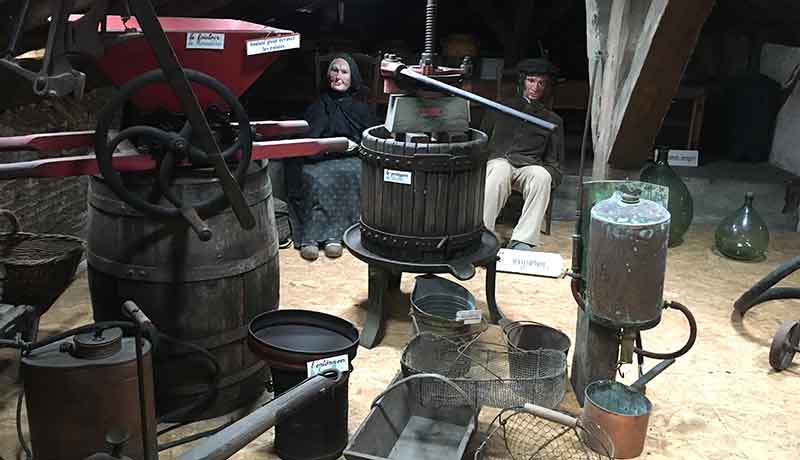22 Rue des Cigalons
40170 Lit-et-Mixe
_____
Phones.: 05 58 42 70 14 / 06 74 73 91 29
museelandesdantan.litetmixe@gmail.com
Opening hours:
-
- JUNE: Thursdays, from 10.30 a.m. to 12.30 p.m.
- JULY: from 10:30 to 12:30 (except Sunday afternoons and July 14th)
- AUGUST: from 10:30 to 12:30 and from 16:00 to 18:30 (except Sunday afternoons and August 15th)
- SEPTEMBER: from Monday to Friday, from 10:30 to 12:30
Prices:
-
- Admission is completely free of charge.
The Landes d'Antan Museum offers visitors a journey into the past, that of the inhabitants of Marensin from the 19th to the 20th century. A time when shepherds walked on stilts, when most of the inhabitants of the region worked the land, when the family gathered in the kitchen before going to bed. A time not so long ago when pine trees were planted and resin was treated, when many trades were created that have now disappeared. The barn houses a monumental pinnacle, as well as a wide variety of areas such as the apiary, the pig slaughterhouse, the forges of Uza...
A stone's throw from the beaches of the Atlantic Ocean, the Landes d'Antan museum is located in the centre of Lit-et-Mixe, in the same building as the tourist office. Founded in 1987 by Albert Lataste, president of the Club de l'Amitié, following an exhibition on the theme of "Life in the days of the Landes d'Antan", this museum of popular traditions retraces the rural life of Marensin, the former province of the Landes located south of the Contis stream. Your guided tour will take you through a vast barn and several rooms where hundreds of objects are on display, arranged and classified with rigour and passion: machines, utensils, old tools used by carpenters, coopers and stonemasons at the beginning of the 20th century, etc. The Landes museum in Antan also invites you to watch videos on other Landes traditions: gemmology, work in the forest and fishing.
The life of men and women
In the first room, we discover the life of men and women during the agro-pastoral period, and then the changes brought about by the law of 19 June 1857, a law concerning the reclamation and cultivation of the Landes de Gascogne. The role of the Desbiey and Crouzet brothers, the great forgotten figures of Landes history. And above all the change of the forest, from a natural forest to the artificial forest we know today. The cork oak, the pines and, of course, the great history of gemmology (obtaining resin from trees, an activity to which many professionals in the Landes devoted themselves) and its evolution up to the present day.
One of the most striking objects to be seen on this first floor is the pinaza, a flat-bottomed fishing boat that was commonly used in the Landes area.
Devoted to agro-pastoral life, with the planting of pine trees, the history of the forest and the gem, the first room has been enriched with testimonies about the strikes of 1907, as the village was at the centre of this turbulent period with the creation in January 1905 of the first resin workers' union of Lit et Mixe by Ernest Ducamin.
The museum also dedicates a room to the school, where we can see the usual structure of a classroom - with the desks, the blackboard, the maps, the teacher's table... - and the notebooks, books, pencils, etc. that were used in those days. In other areas you can see the kitchen, the bedroom, the period dressers...
Ancient trades
The culture room retraces the history of Lit-et-Mixe, its monuments and in particular its three churches, its trades, its traditions, its pastimes...
On the floor dedicated to old trades, and among many other interesting objects, the imposing bellows of the marshal blacksmith Charles Delest, who practised his art in Castets until 1965, stands out. Other items of interest include an old cinema projector, a copy press, a sewing machine and a telephone from the Second World War. There is also a room dedicated to the wine-grower's trade, with the grape treader, the wine press, the funnel...



















